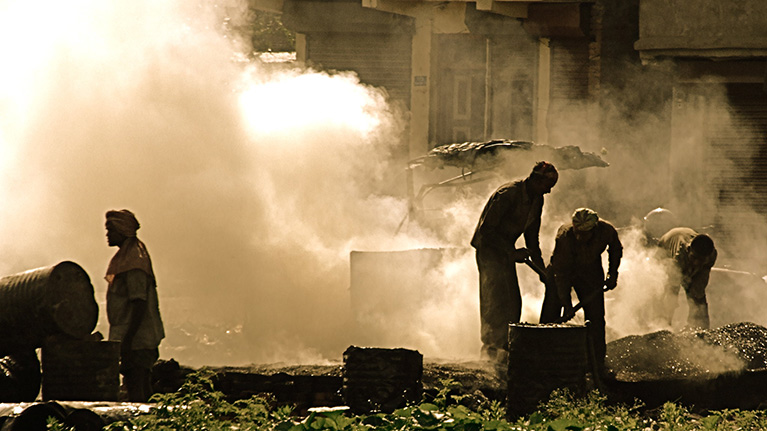– Climate-smart agriculture seeks to achieve food security and broader development goals under a changing climate and increasing food demand.
CSA initiatives sustainably increase productivity, enhance resilience, and reduce/remove greenhouse gases, and require planning to address tradeoffs and synergies between these three pillars: productivity, adaptation, and mitigation.
Trinidadian scientist Steve Maximay says his new Climate-Smart Agriculture Compliant (C-SAC) tool provides a certification and auditing scheme that can be used to compare projects, processes and products to justify the applicability and quantum of climate change funding.
“C-SAC provides a step-by-step, checklist style guide that a trained person can use to determine how closely the project or process under review satisfies the five areas of compliance,” Maximay told IPS.
“This method literally forces the examiner to consider key aspects or goals of climate-smart agriculture. These aspects (categories) are resource conservation; energy use; safety; biodiversity support; and greenhouse gas reduction.
“It can be used as a preliminary filter to sort through the number of ‘green-washing’ projects that may get funded under the rubric of climate-smart agriculture . . . all in a bid to access the millions of dollars that should go to help small and genuinely progressive farmers,” he said.
Climate-smart agriculture
The United Nations (UN) Food and Agriculture Organisation (FAO) describes climate-smart agriculture (CSA) as agriculture that sustainably increases productivity, enhances resilience (adaptation), reduces or removes greenhouse gases (mitigation) where possible, and enhances achievement of national food security and development goals.
The climate-smart agriculture concept reflects an ambition to improve the integration of agriculture development and climate responsiveness. It aims to achieve food security and broader development goals under a changing climate and increasing food demand.
While the concept is still evolving, many of the practices that make up CSA already exist worldwide and are used by farmers to cope with various production risks.
Like our Facebook page https://www.facebook.com/CaribbeanNewsService/
Follow us on Twitter https://twitter.com/CNewsService
Follow us on Instagram https://www.instagram.com/caribbeannewsservice/




